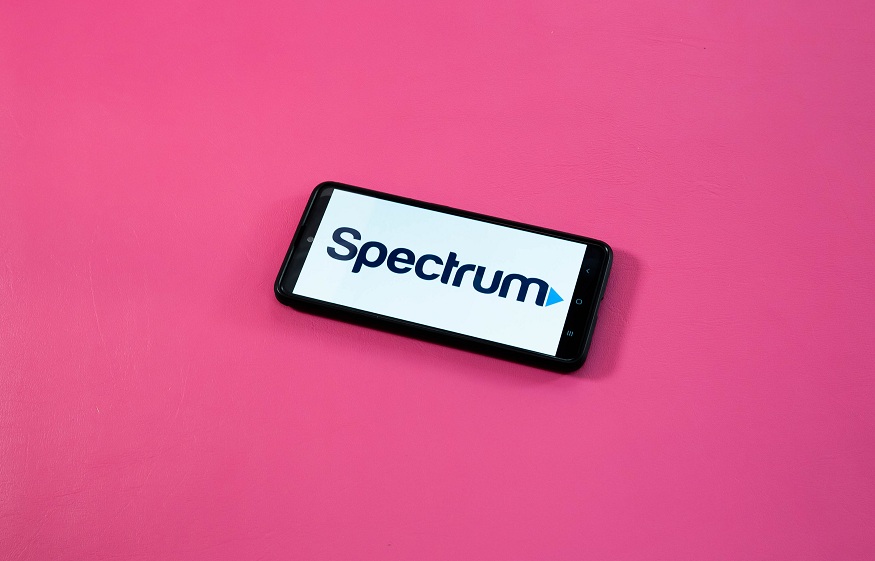Code obfuscation is a famous technique that is increasingly used in software development to make code difficult to understand, analyse, or modify. This helpful technique is used to protect all intellectual property and prevent reverse engineering. It also thwarts malicious attacks. Code obfuscation is usually applied to source code, binary code, or both, and it can be done either manually or automatically.
In this article, let’s explore code obfuscation in every detail, including its types, benefits, and drawbacks. Additionally, we will discuss a very popular code obfuscation tool called AppSealing.
Types of Code Obfuscation:
Firstly, let’s talk about types of code obfuscation. It can be divided into several types, including:
Name obfuscation:
Name obfuscation is the simplest one of all, and it usually involves things like changing the names of variables, functions, classes, and other entities in the code. The very purpose of this obfuscation is to make any code harder to read and understand. For example, the variable “user_id” can be changed to “a” or “x” by this code.
Control flow obfuscation:
Control flow obfuscation is yet another technique that involves changing the whole structure of the code. The major purpose of this technique is to make the code difficult to understand at all costs by adding some unnecessary code branches, loops and jumps. This technique is also used to hide all the true execution flow of the code, making the code harder to analyse and modify.
Data obfuscation:
Additionally, data obfuscation is one of the techniques that usually involves changing the whole of the data used by the code. This technique is also used to hide sensitive data, like passwords and keys, by either encrypting or encoding them. Data obfuscation can also be used to hide the entire structure of the data by changing its format or layout.
Benefits of Code Obfuscation:
Code obfuscation has numerous benefits, like:
Intellectual Property Protection:
The first and foremost benefit of Code obfuscation is that it can protect intellectual property by making them harder for others to copy or reverse engineer the code. This is especially very important for all commercial software that contains valuable algorithms, proprietary data structures, and other trade secrets.
Security:
Code obfuscation is very useful as it can improve the security of software by making it harder for any attacker to find and exploit vulnerabilities. This is very beneficial for software that handles any kind of sensitive data or executes critical operations.
Optimization:
Code obfuscation can be very beneficial because it can help in improving the performance of the software by optimizing the code structure and removing all unnecessary code. This can be a plus point for mobile applications, where space and resources are limited.
Drawbacks of Code Obfuscation:
Code obfuscation also has a few drawbacks, such as:
Increased Complexity:
The major drawback of code obfuscation is that it can make the code more complex and harder to understand, which can in turn increase development time and maintenance costs.
Reduced Readability:
Code obfuscation can also reduce the readability of the code and make it harder to debug and modify. It will make things very difficult for developers to maintain and improve the code over time.
False Sense of Security:
Additionally, code obfuscation can also give developers a false sense of security by making them believe that their code is secure. This is one of its major loopholes. However, it is also a proven fact that obfuscation alone is not enough to protect software from all types of attacks, and extra security measures are often necessary.
Now let’s talk about AppSealing in detail.
AppSealing:
AppSealing is one of the popular code obfuscation tools. It is designed specifically for all types of mobile applications. AppSealing went on to provide numerous types of obfuscation, such as name obfuscation, control flow obfuscation, data obfuscation, and code obfuscation.
AppSealing is referred to as a mobile app security solution that usually provides code obfuscation and another type of security measures to protect mobile applications from various types of attacks. AppSealing is a product of Inka Networks, which is a South Korean company that specializes in mobile security.
The best thing about AppSealing is that it provides additional security measures, like anti-debugging, anti-tampering, and anti-reverse engineering. These measures are designed in such a way that it prevents attackers from analysing or modifying all the code of the mobile application.
AppSealing can easily support both Android and iOS platforms, and it can easily be integrated into any mobile application through a simple SDK (software development kit).
The SDK is a kit that is available for several development platforms, including Java, Kotlin, Swift, and Objective-C. Additionally, AppSealing even provides a web-based dashboard that allows its developers to configure the security settings of their mobile applications.
The most unique feature of AppSealing is its dynamic protection capability which simply means that the security measures provided by AppSealing can be easily updated in real time, without requiring an update to the mobile application itself. This feature also allows developers to respond as quickly as possible to new threats and vulnerabilities, without disrupting the user experience.
AppSealing software even provides a comprehensive reporting system that allows its developers to monitor the security status of their mobile applications. The reporting system also includes real-time alerts for all kinds of security events, such as tampering attempts or debugging attempts. It also covers the detailed logs that can be used for forensic analysis and debugging.
AppSealing software has been used by many well-known companies, like Samsung, LG, and Hyundai. It has even received several industry awards and recognitions, including the famous CES 2019 Innovation Award and the Red Herring Top 100 Asia Award.
In conclusion, AppSealing is one of the mobile app security solutions that provides code obfuscation and another type of security measures to protect mobile applications from various types of attacks. Its dynamic protection capability, comprehensive reporting system, and ease of integration make it a popular choice among mobile app developers.
Once they are used by someone, it doesn’t let them regret their decision of choosing it.





